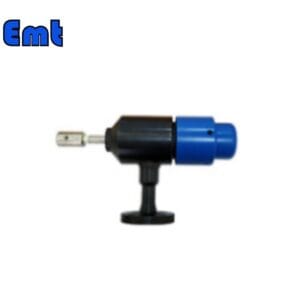
Chemical injection fittings play a crucial role in various industrial applications that require precise chemical dosing to manage processes, prevent corrosion, and maintain system integrity. Manufacturers design these fittings to integrate seamlessly into existing systems, enabling the direct and controlled introduction of chemicals into a pipeline or vessel.
Engineers design chemical injection fittings to be highly durable and resistant to the harsh chemicals and environments they encounter. Typically made from materials like stainless steel or specialized plastics, these fittings offer resistance to both chemical degradation and physical wear. Their robust construction ensures long-term reliability, critical in processes where downtime can be costly.
These fittings often feature customizable options like pressure ratings, flow rates, and connection types, enabling precise control over chemical injection. Their adaptability makes them suitable for various industrial applications, from small-scale manufacturing to large-scale petrochemical processing.
Moreover, engineers design chemical injection fittings with operator safety in mind. Many include leak-proof seals and automatic shut-off mechanisms to prevent spills or leaks, which can pose safety hazards and environmental risks. By ensuring secure chemical delivery, these fittings help facilities comply with safety and environmental regulations, protecting workplace safety and ecological health.
Selection Model
| Model | |||||||||||||||||||||||||||
| SI | Chemical Injector Quill | ||||||||||||||||||||||||||
| -Code | Plug | ||||||||||||||||||||||||||
| Pxxx | Type | Material | Sealing Material | ||||||||||||||||||||||||
| 0 | No Request | 0 | CS | 0 | No Request | ||||||||||||||||||||||
| 1 | Hollow Plug Body | 1 | 316SS | 3 | DSS | 1 | Viton O-Ring / PTFE Primary Packing | ||||||||||||||||||||
| 2 | Solid Plug Body | 2 | 316LSS | 4 | INCONEL | 2 | HNBR | ||||||||||||||||||||
| – Code | Injection Nut | ||||||||||||||||||||||||||
| Nxx | Connection Size | Material | |||||||||||||||||||||||||
| 0 | i.e. No Request | 0 | i.e. CS | ||||||||||||||||||||||||
| 1 | i.e. 1/4″ | 1 | i.e. 316SS | 3 | i.e. DSS | ||||||||||||||||||||||
| 2 | i.e. 1/2″ | 2 | i.e. 316LSS | 4 | i.e. INCONEL | ||||||||||||||||||||||
| – Code | Injection Tube | ||||||||||||||||||||||||||
| Sxxx-Lx″ | Connection Size | Material | Nozzle | Line size(x″) | |||||||||||||||||||||||
| 0 | No Request | 0 | CS | 0 | i.e. No Request | The most effective position for injection is generally at the center of the pipe | |||||||||||||||||||||
| 1 | i.e. 1/4″ | 1 | i.e. 316SS | 1 | i.e. Open | ||||||||||||||||||||||
| 2 | i.e. 1/2″ | 2 | i.e. 316LSS | 2 | i.e. Quill | ||||||||||||||||||||||
| 3 | i.e. DSS | 3 | i.e. Cap & Core | ||||||||||||||||||||||||
| 4 | i.e. INCONEL | ||||||||||||||||||||||||||
| – Code | Nipple and Valve(or end Flange)of Tee | ||||||||||||||||||||||||||
| Txx | Connection Size | Material | |||||||||||||||||||||||||
| 0 | i.e. No Request | 0 | i.e. CS | ||||||||||||||||||||||||
| 1 | i.e. 1/4″Nipple | a | i.e. 1/4″Nipple and Valve | 1 | i.e. 316SS | ||||||||||||||||||||||
| 2 | i.e. 1/2″Nipple | b | i.e. 1/2″Nipple and Valve | 2 | i.e. 316LSS | ||||||||||||||||||||||
| 3 | i.e. 3/4″Nipple | c | i.e. 3/4″Nipple and Valve | 3 | i.e. D SS | ||||||||||||||||||||||
| 4 | i.e. 1″Nipple | d | i.e. 1″Nipple and Valve | 4 | i.e. INCONEL | ||||||||||||||||||||||
| 5 | i.e. 1/4″Flange | e | i.e. 1/4″Nipple end Flange | ||||||||||||||||||||||||
| 6 | i.e. 1/2″Flange | f | i.e. 1/2″Nipple end Flange | ||||||||||||||||||||||||
| 7 | i.e. 3/4″Flange | g | i.e. 3/4″Nipple end Flange | ||||||||||||||||||||||||
| 8 | i.e. 1″Flange | h | i.e. 1″Nipple end Flange | ||||||||||||||||||||||||
| For Example, SI-P221-N12-S122-L4″-T22 | |||||||||||||||||||||||||||
Key Features of Chemical Injection Fittings
Precision: These fittings allow for accurate delivery of chemicals, ensuring that the correct amount is injected at the right time.
Compatibility: Made from materials that are compatible with a wide range of chemicals to prevent corrosion and degradation.
Durability: Constructed to withstand harsh chemicals and high pressures, enhancing their longevity and reliability.
Safety: Designed with safety features to prevent leaks and spills, which could be hazardous to both the environment and personnel.
Ease of Installation: Typically easy to install and maintain, reducing downtime and labor costs.
Chemical injection fittings are engineered with advanced technology to provide exceptional performance under varying operational conditions. To ensure durability and resistance, materials like stainless steel, high-grade plastics, and specialty alloys are chosen for their chemical and temperature resilience, ensuring safety and integrity. Furthermore, these fittings often feature advanced monitoring systems that enable operators to track and adjust flow rates and dosing frequencies in real time. This capability is essential, as precise control is vital in industries where the exact chemical makeup directly affects product quality. Moreover, their modular design often supports quick upgrades or replacements, facilitating scalability and adaptability to new processes. Consequently, by enhancing process control, reducing waste, and improving safety, chemical injection fittings are indispensable tools in achieving operational excellence and sustainability in industrial practices.
Applications and Benefits
Chemical injection fittings are used in a variety of sectors, including:
Oil and Gas: For injecting corrosion inhibitors directly into pipelines to protect against the corrosive effects of crude oil and natural gas.
Water Treatment: To dose disinfectants and coagulants that help in purifying and treating water.
Chemical Processing: Where precise chemical dosing is necessary for reactions and product quality control.
Agriculture: For the injection of fertilizers and pesticides to enhance crop production.
Chemical injection fittings also find extensive use in the mining industry, where they help in the separation of minerals from host materials and control dust emissions. In marine applications, they inject biocides and other chemicals to prevent biofouling on ships and offshore platforms. The pharmaceutical sector uses these fittings to ensure precise ingredient proportions in drugs, crucial for efficacy and safety. In the food and beverage industry, these devices are key for sanitization and precision cleaning to meet strict hygiene standards. Each application underscores the fittings’ ability to enhance process reliability, safety, and efficiency across diverse industries.
Advantages
Using these fittings provides several advantages:
Improved Process Efficiency: Precise control over chemical dosing improves the efficiency of processes, reducing waste and increasing yield.
Enhanced Safety: Reduces the risk of exposure to hazardous chemicals due to contained delivery systems.
Cost Savings: Minimizes chemical waste and optimizes consumption, leading to significant cost reductions over time.
Environmental Compliance: Helps in meeting stringent environmental regulations by controlling and minimizing the release of harmful substances.
In conclusion, chemical injection fittings are key to enhancing the performance, safety, and cost-efficiency of industrial operations. chemical injection quill is an indispensable tool in modern industry.


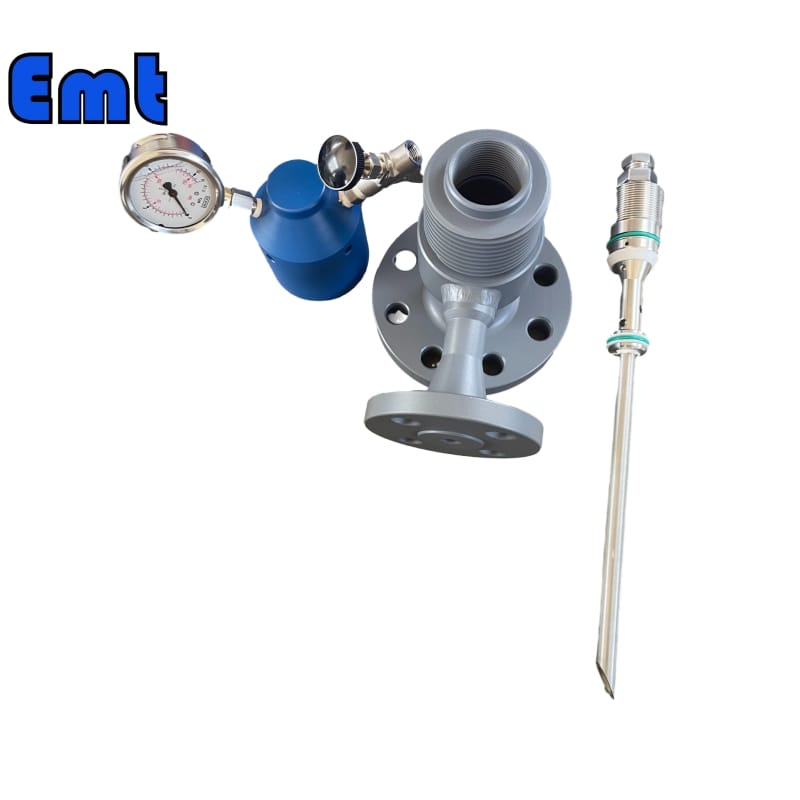
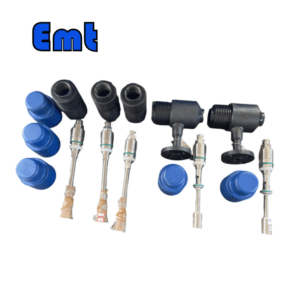
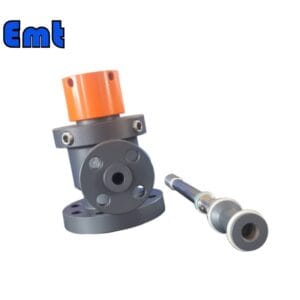
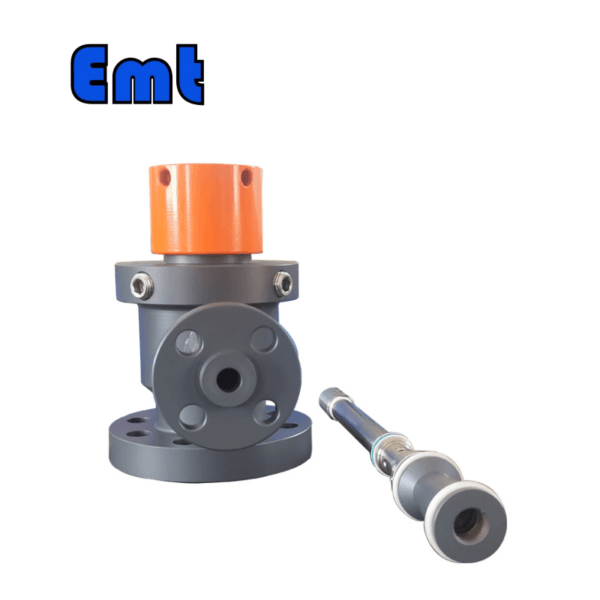
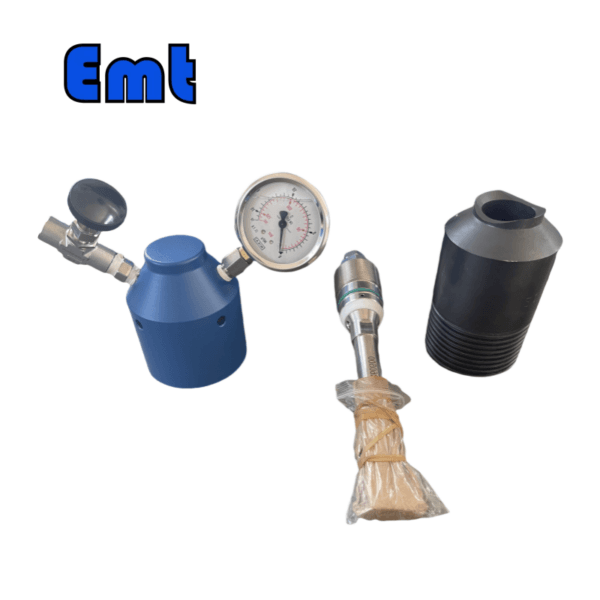
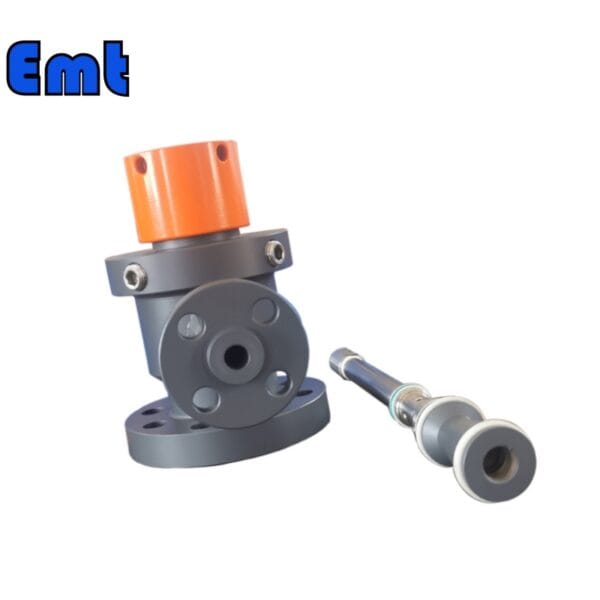
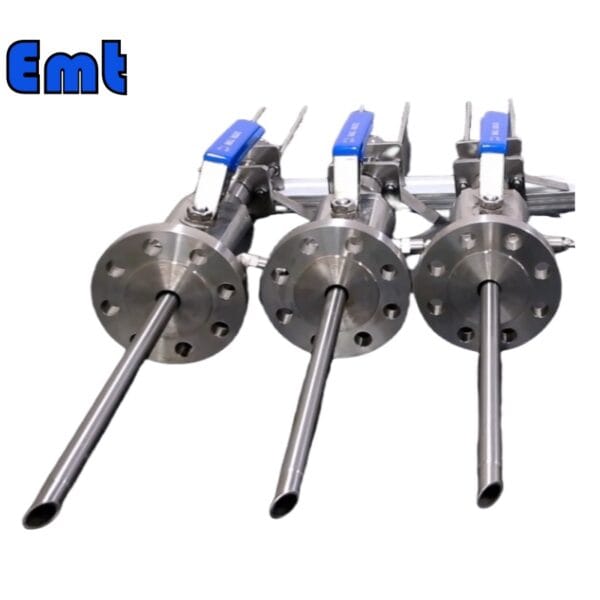
There are no reviews yet.